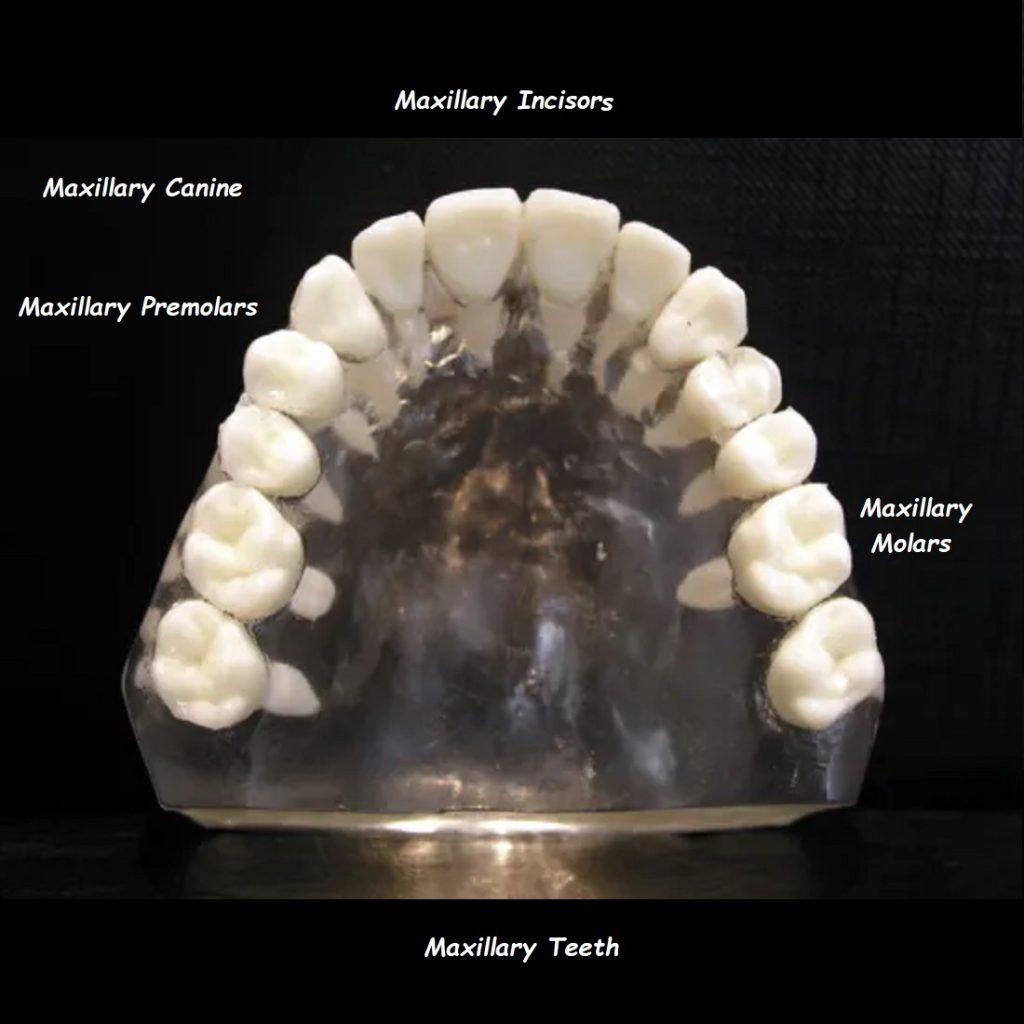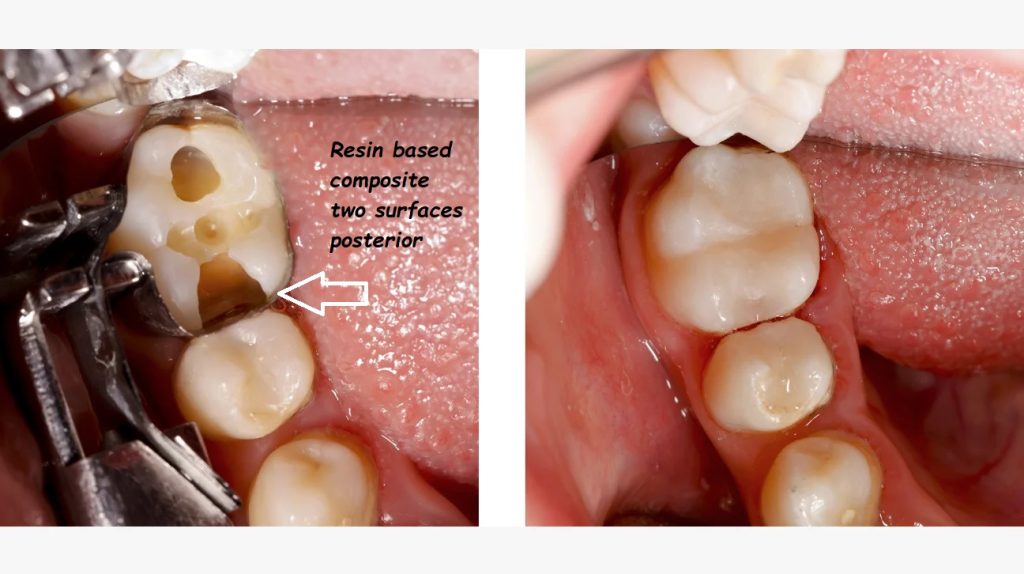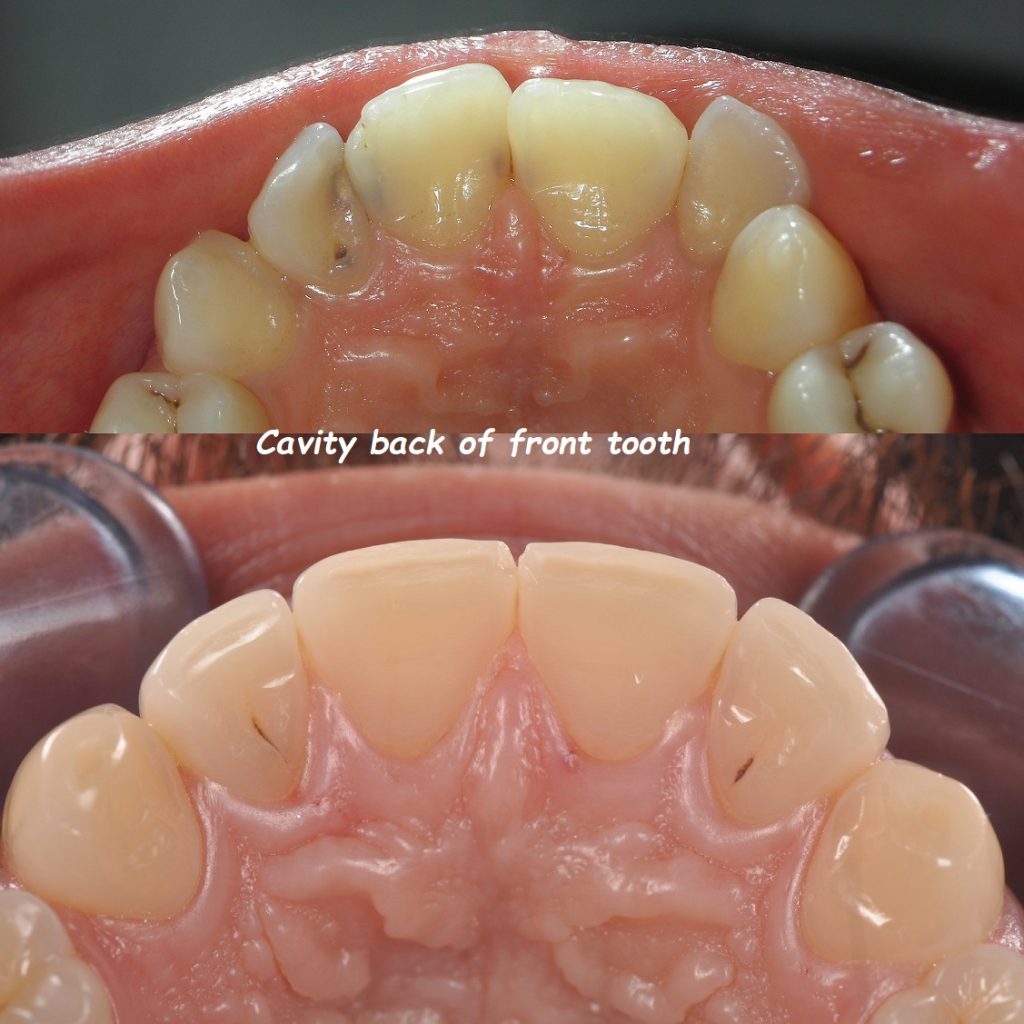cavity on front tooth

Cavity on Front Tooth: Causes, Treatment, and Prevention
Cavities, or dental caries, are common dental issues that can affect anyone, regardless of age. While many people associate cavities with the back molars due to their grooves and crevices, a cavity on a front tooth can be equally problematic and more noticeable. In this comprehensive guide, we will explore the causes, symptoms, treatment options, and prevention strategies for a cavity on a front tooth. By understanding these aspects, you can better protect your dental health and maintain a beautiful smile.
Understanding Cavities
A cavity is a permanent damage that forms a tiny hole in the tooth’s hard surface. This occurs when the acids produced by bacteria in the mouth erode the tooth enamel. Over time, if left untreated, cavities can penetrate deeper into the tooth, reaching the dentin and even the pulp, causing significant pain and potentially leading to more serious dental issues.
Causes of a Cavity on a Front Tooth
- Poor Oral Hygiene: Failing to brush and floss regularly allows plaque to build up on the teeth, which is a sticky film of bacteria. When plaque isn’t removed, it can harden into tartar, making it even more difficult to clean the teeth properly.
- Dietary Habits: Consuming sugary and acidic foods and beverages can contribute to cavity formation. Sugars in foods and drinks feed the bacteria in your mouth, which then produce acids that attack the enamel.
- Dry Mouth: Saliva helps wash away food particles and bacteria, and it also neutralizes acids. A dry mouth can lead to increased plaque buildup and a higher risk of cavities.
- Genetics: Some people are more prone to cavities due to genetic factors. The shape and depth of your tooth grooves, the composition of your saliva, and other hereditary traits can influence your susceptibility to cavities.
- Gum Recession: When the gums recede, the roots of the teeth become exposed. These roots are not protected by enamel and are more vulnerable to decay.
- Previous Dental Work: Fillings, crowns, or other dental restorations can sometimes make it harder to clean the teeth effectively, especially if they are not fitted properly.
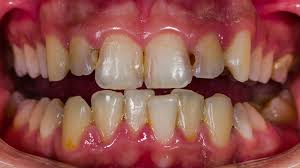
Symptoms of a Cavity on a Front Tooth
A cavity on a front tooth can manifest in various ways, and early detection is crucial for effective treatment. Common symptoms include:
- Visible Holes or Pits: You might notice a small hole or pit in the tooth, especially when looking closely in the mirror.
- Tooth Sensitivity: Increased sensitivity to hot, cold, sweet, or acidic foods and drinks can indicate a cavity. This sensitivity is often a result of the enamel being worn away and the dentin being exposed.
- Discoloration: Cavities can cause discoloration of the tooth, appearing as white spots initially, which may turn brown or black as the decay progresses.
- Toothache: Persistent pain in the tooth, which can be sharp or throbbing, is a common symptom of a cavity that has reached the dentin or pulp.
- Bad Breath: Decay can lead to bad breath or a bad taste in the mouth due to bacterial activity.
- Rough or Jagged Edges: You may feel rough or jagged edges on the tooth’s surface where the enamel has eroded.
Treatment Options for a Cavity on a Front Tooth
Treating a cavity on a front tooth promptly is essential to prevent further damage and maintain the aesthetics of your smile. The treatment options depend on the severity of the cavity:
- Fluoride Treatments: For very early stages of tooth decay, fluoride treatments can help restore the enamel and sometimes reverse the damage. These treatments are usually applied by a dentist and may come in the form of a gel, foam, or varnish.
- Dental Fillings: If the cavity has progressed beyond the earliest stage, a filling is the most common treatment. The decayed portion of the tooth is removed, and the space is filled with a material such as composite resin, which matches the color of the tooth.
- Dental Bonding: For cavities on front teeth, dental bonding can be an effective treatment. The dentist applies a tooth-colored resin to the affected area and hardens it with a special light. This not only repairs the cavity but also restores the tooth’s natural appearance.
- Crowns: In cases where the cavity is extensive, a crown might be necessary. A crown is a cap that covers the entire tooth, providing protection and restoring function and appearance.
- Root Canals: If the decay has reached the pulp of the tooth, a root canal may be required. This involves removing the infected pulp, cleaning the inside of the tooth, and sealing it. After a root canal, a crown is usually placed on the tooth to provide additional strength and protection.
- Extractions: In severe cases where the tooth is beyond repair, extraction may be necessary. After extraction, options like dental implants or bridges can be considered to replace the missing tooth.
Preventing Cavities on Front Teeth
Prevention is always better than cure, and there are several steps you can take to reduce the risk of developing a cavity on a front tooth:
- Maintain Good Oral Hygiene: Brush your teeth at least twice a day with fluoride toothpaste and floss daily to remove plaque and food particles from between your teeth.
- Regular Dental Checkups: Visit your dentist regularly for checkups and cleanings. Professional cleanings can remove tartar that regular brushing and flossing might miss, and early detection of cavities can prevent more extensive treatment.
- Healthy Diet: Limit your intake of sugary and acidic foods and beverages. Instead, opt for a diet rich in fruits, vegetables, whole grains, and dairy products. Drinking water after meals can also help rinse away food particles and acids.
- Use Fluoride Products: Fluoride helps strengthen the enamel and makes it more resistant to decay. Use fluoride toothpaste and consider fluoride mouth rinses.
- Dental Sealants: Dental sealants are thin, protective coatings applied to the chewing surfaces of the back teeth, but they can also be used on front teeth if needed. They can help prevent cavities by creating a barrier against plaque and bacteria.
- Avoid Tobacco: Smoking and using other tobacco products can increase the risk of gum disease and cavities. Quitting tobacco can improve your oral health significantly.
- Chew Sugar-Free Gum: Chewing sugar-free gum after meals can help increase saliva production, which aids in washing away food particles and neutralizing acids.
- Stay Hydrated: Drink plenty of water throughout the day to keep your mouth moist and help your saliva do its job effectively.
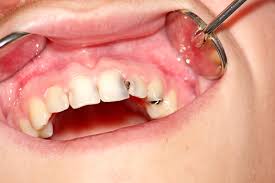
The Role of Dental Professionals in Managing Cavities
Regular visits to the dentist are crucial for maintaining dental health and managing cavities. Dental professionals can provide:
- Professional Cleanings: Regular cleanings remove plaque and tartar that can’t be eliminated by brushing and flossing alone. This helps prevent cavities and other dental issues.
- Fluoride Treatments: As mentioned earlier, fluoride treatments can strengthen the enamel and prevent cavities.
- Dental Sealants: Your dentist can apply sealants to protect your teeth from decay.
- Early Detection: Dentists can detect cavities in their early stages, which allows for more conservative and less invasive treatments.
- Education: Dental professionals can provide personalized advice on oral hygiene practices, diet, and other preventive measures.
- Tailored Treatment Plans: If you have a cavity, your dentist will create a treatment plan that is tailored to your specific needs and ensures the best outcome for your dental health.

The Psychological Impact of a Cavity on a Front Tooth
Having a cavity on a front tooth can affect more than just your physical health; it can also have psychological repercussions. The front teeth are highly visible when you talk, smile, and laugh, and any imperfections can impact your self-esteem and confidence. Understanding this psychological aspect can help in addressing both the dental and emotional needs associated with cavities.
- Self-Consciousness: People with a visible cavity on a front tooth may feel self-conscious about their appearance. This can lead to less smiling, avoiding social interactions, and feeling embarrassed in public settings.
- Social Anxiety: The fear of being judged based on the appearance of one’s teeth can contribute to social anxiety. Individuals might avoid speaking in public or participating in group activities.
- Impact on Professional Life: In professions where appearance and first impressions are important, having a cavity on a front tooth can affect one’s confidence during job interviews, meetings, and client interactions.
- Mental Health: Long-term self-esteem issues and social anxiety related to dental appearance can contribute to broader mental health concerns, including depression and generalized anxiety.
Addressing these psychological impacts requires a comprehensive approach, combining effective dental treatment with support for mental well-being. Dentists can play a crucial role by providing not only the necessary dental care but also reassurance and understanding.
Advances in Dental Technology for Cavity Treatment
Modern dental technology has revolutionized the way cavities are diagnosed and treated, offering more efficient, comfortable, and effective solutions for patients. Here are some notable advancements:
- Laser Dentistry: Lasers can be used to detect cavities in their early stages and treat them without the need for drills. Laser treatment is often less painful and more precise, reducing the need for anesthesia and speeding up recovery times.
- Digital X-Rays: Digital X-rays provide more detailed images with less radiation exposure compared to traditional X-rays. They allow for better detection of cavities, especially those between the teeth or under restorations.
- Intraoral Cameras: These small cameras allow dentists to get a close-up view of the teeth and gums, helping in the early detection of cavities and other dental issues. Patients can also see what the dentist sees, which improves understanding and communication.
- Composite Resins: Advances in composite resins have made dental fillings more durable and aesthetically pleasing. These tooth-colored materials blend seamlessly with natural teeth, making fillings virtually invisible.
- CAD/CAM Technology: Computer-aided design and computer-aided manufacturing (CAD/CAM) technology allows for the creation of precise dental restorations, such as crowns and veneers, in a single visit. This technology ensures a perfect fit and reduces the time spent in the dental chair.
- Biocompatible Materials: New materials used in dental treatments are more biocompatible, reducing the risk of allergic reactions and improving the longevity of restorations.

Home Remedies and Natural Prevention Strategies
While professional dental care is essential, there are also several home remedies and natural strategies that can help prevent cavities and maintain dental health. These methods should complement, not replace, regular dental visits and good oral hygiene practices.
- Oil Pulling: This traditional practice involves swishing oil (such as coconut or sesame oil) in your mouth for about 20 minutes. Oil pulling can help reduce harmful bacteria, decrease plaque, and promote overall oral health.
- Dietary Choices: Consuming foods rich in calcium and phosphorus can strengthen the enamel. Examples include dairy products, leafy greens, nuts, and fish. Additionally, crunchy fruits and vegetables like apples and carrots can help clean the teeth naturally.
- Herbal Remedies: Certain herbs, such as cloves and neem, have antibacterial properties that can help maintain oral health. Clove oil, for instance, can be applied to a toothache to relieve pain and reduce inflammation.
- Hydration: Drinking plenty of water, especially fluoridated water, can help wash away food particles and bacteria. Staying hydrated also promotes saliva production, which is essential for protecting teeth against decay.
- Chewing Sugar-Free Gum: Chewing gum sweetened with xylitol can help reduce the levels of bacteria that cause cavities and increase saliva flow.
- Homemade Mouthwash: Using a homemade mouthwash with ingredients like salt, baking soda, and essential oils can help reduce bacteria and freshen breath. For example, a mixture of water, a pinch of salt, and a few drops of tea tree oil can be an effective mouth rinse.
- Avoiding Harmful Habits: Habits like nail-biting, chewing on ice, and using teeth to open packages can damage the enamel and increase the risk of cavities. Being mindful of these habits and finding alternatives can help protect your teeth.
Long-Term Care and Maintenance
After treating a cavity on a front tooth, maintaining long-term dental health requires ongoing care and attention. Here are some strategies to ensure your teeth remain healthy and cavity-free:
- Consistent Oral Hygiene: Continue to brush at least twice a day and floss daily. Consider using an electric toothbrush, which can be more effective at removing plaque compared to a manual brush.
- Regular Dental Visits: Schedule regular checkups and cleanings with your dentist, typically every six months. Your dentist can monitor your oral health and address any issues before they become more serious.
- Use of Dental Products: Incorporate products like fluoride toothpaste and mouth rinses into your daily routine. Ask your dentist about specific products that may be beneficial for your individual needs.
- Monitor Dietary Habits: Maintain a balanced diet and limit sugary snacks and beverages. Pay attention to hidden sugars in processed foods and opt for healthier alternatives.
- Manage Medical Conditions: Certain medical conditions, such as diabetes and acid reflux, can affect oral health. Work with your healthcare provider to manage these conditions and minimize their impact on your teeth.
- Protect Your Teeth: If you play sports or engage in activities that risk dental injury, use a mouthguard to protect your teeth. Additionally, consider wearing a night guard if you grind your teeth while sleeping.
- Stay Informed: Stay updated on the latest dental health information and advancements. Ask your dentist questions and seek out reliable sources for information on maintaining oral health.
Conclusion
A cavity on a front tooth can be a significant concern due to both its impact on dental health and its visible nature. Understanding the causes, symptoms, and treatment options for cavities on front teeth is essential for maintaining a healthy and attractive smile. By practicing good oral hygiene, maintaining a healthy diet, and visiting your dentist regularly, you can prevent cavities and address them promptly if they do occur. Remember, your front teeth play a crucial role in your overall appearance and self-confidence, so taking care of them is paramount. With the right knowledge and care, you can keep your smile bright and healthy for years to come.



